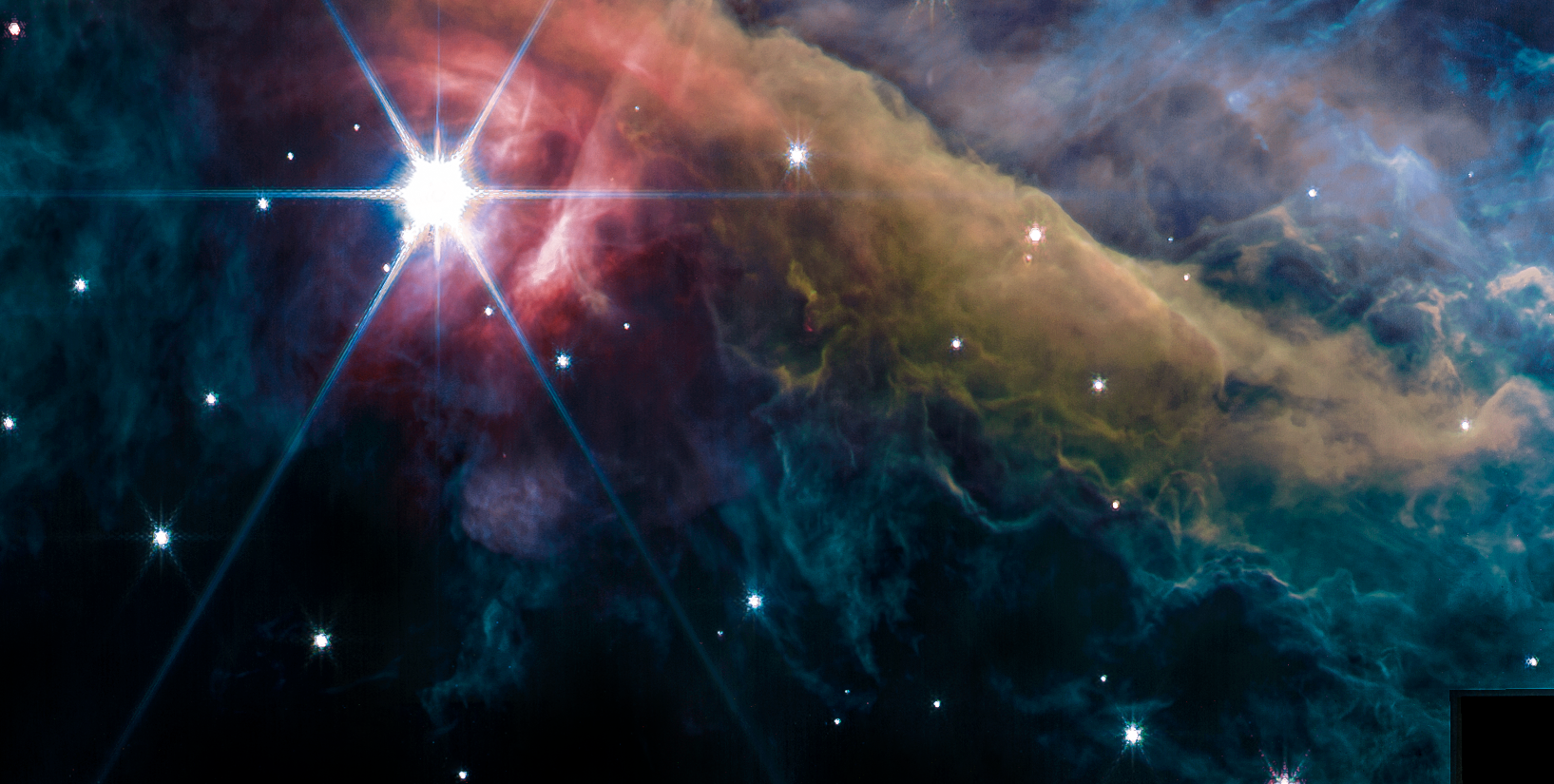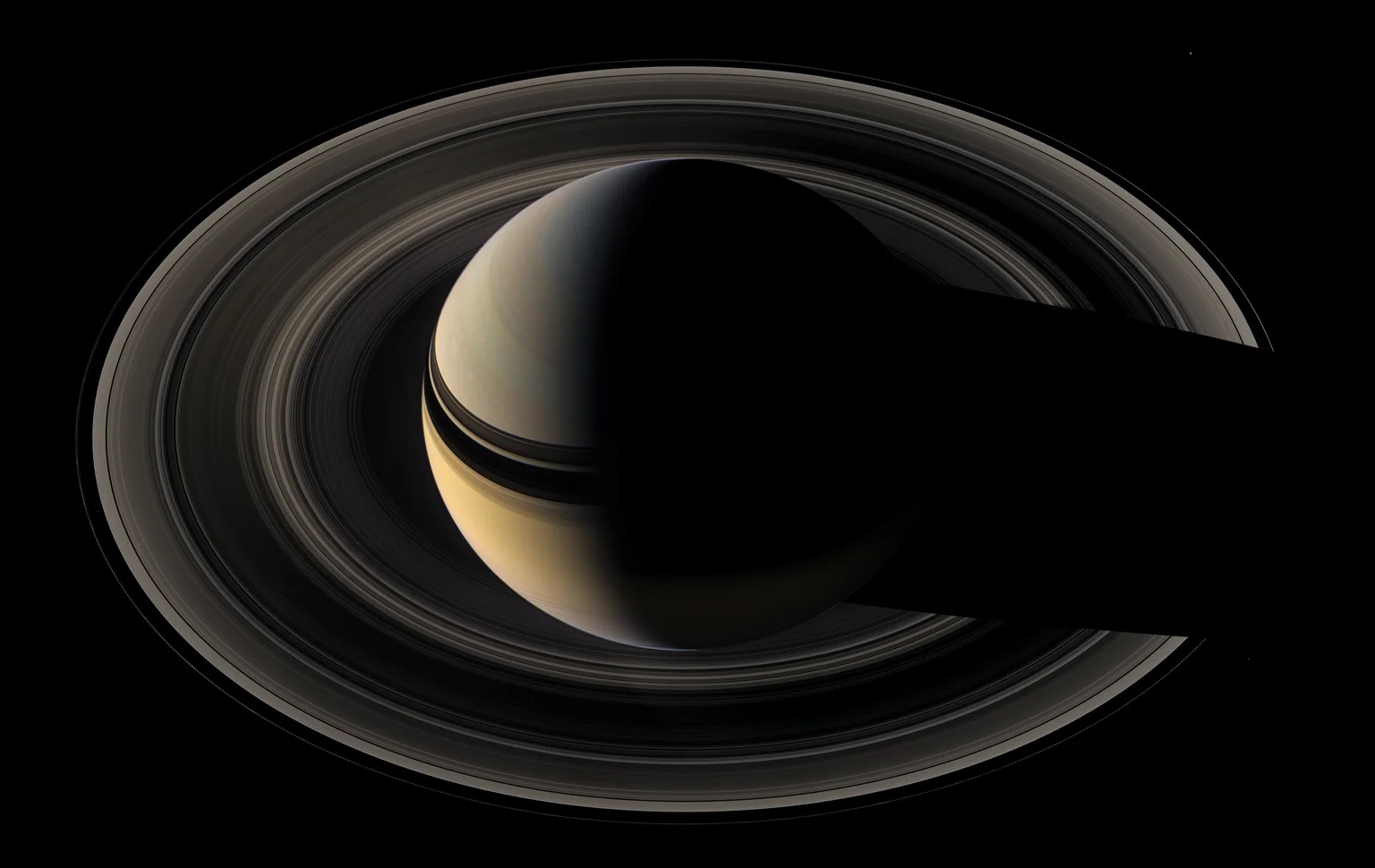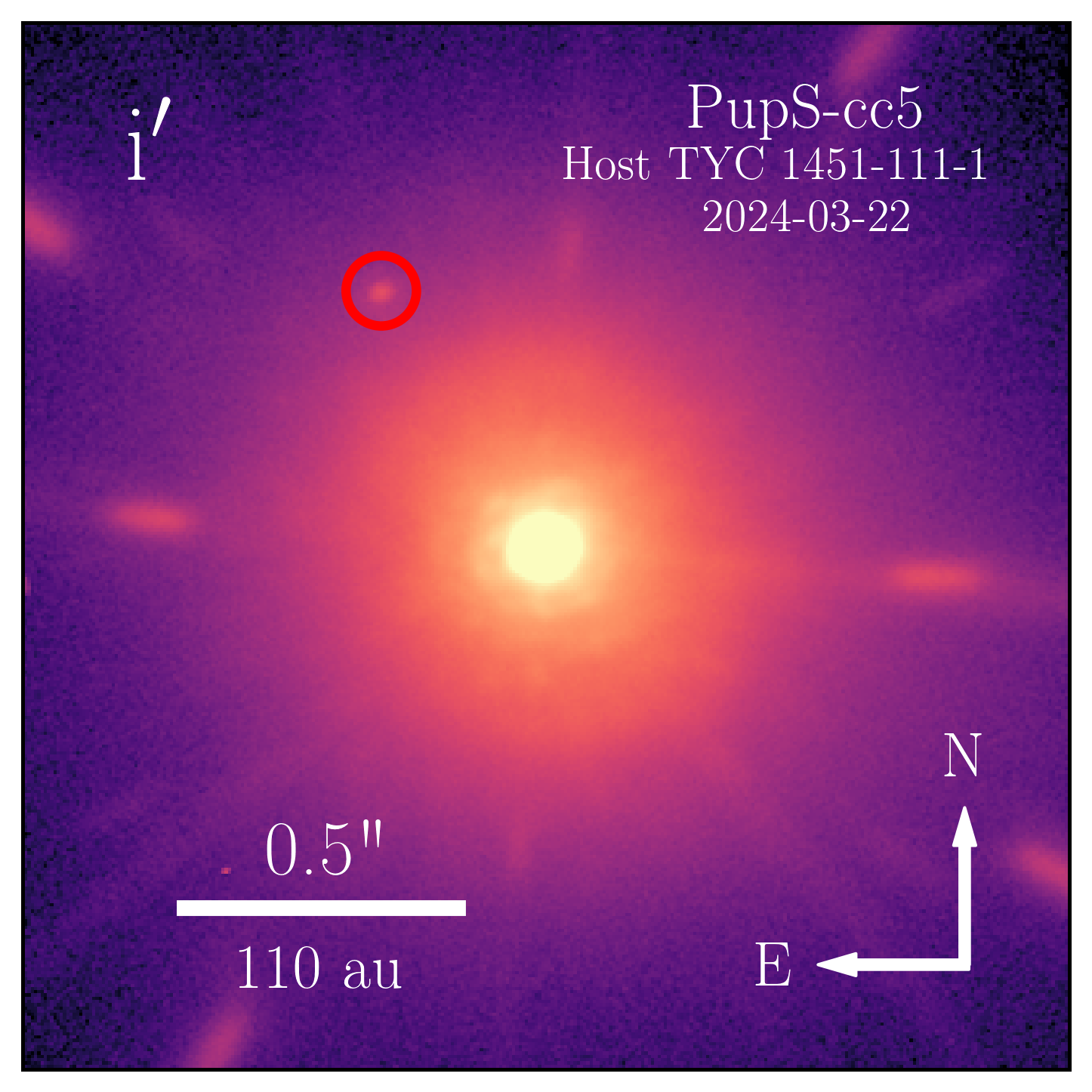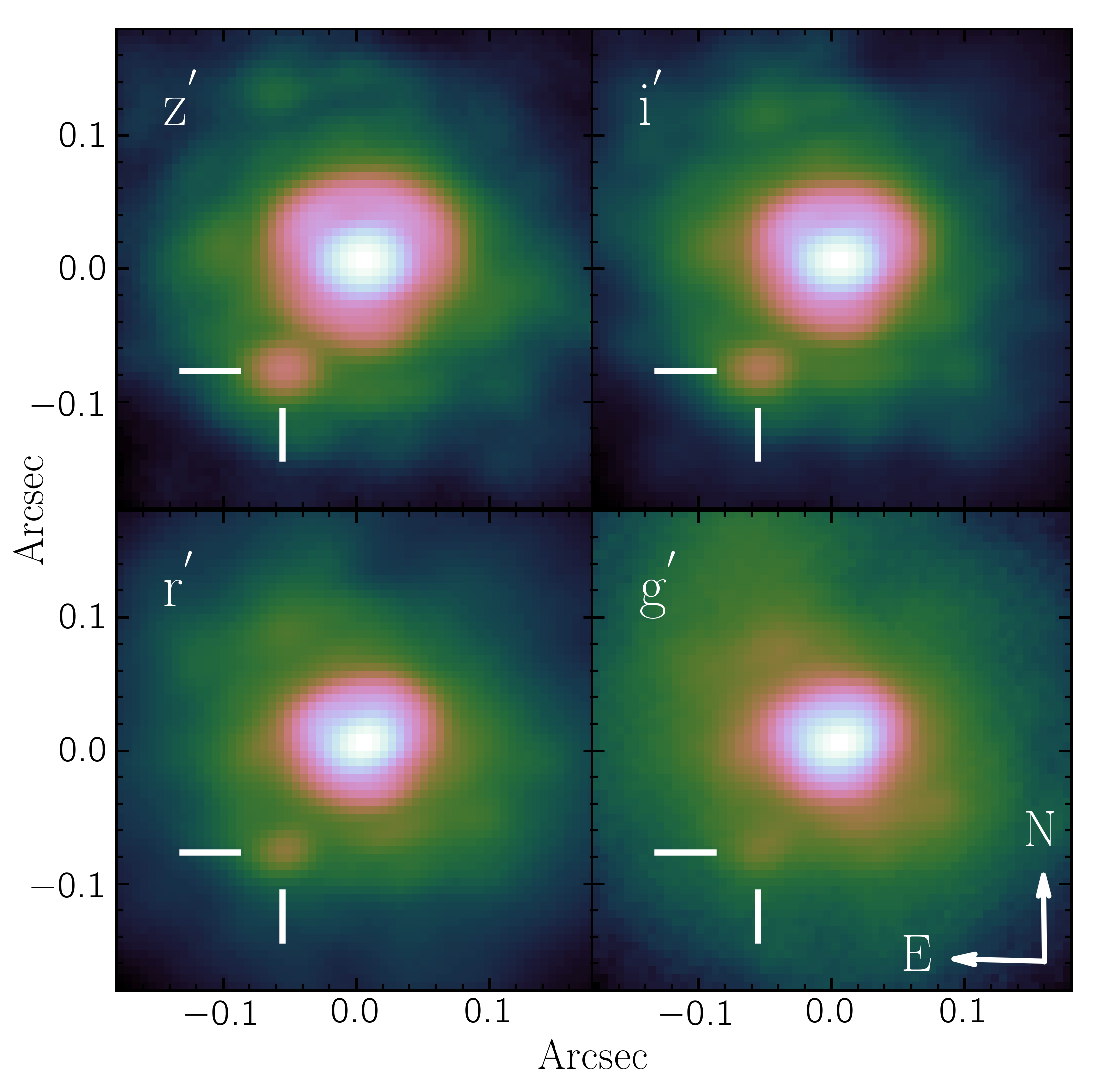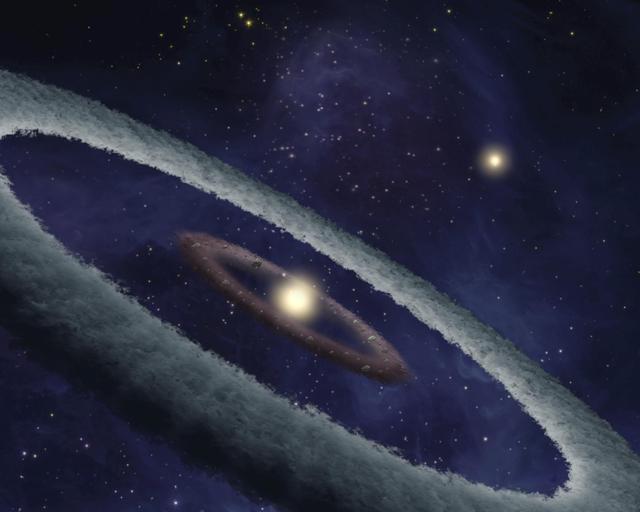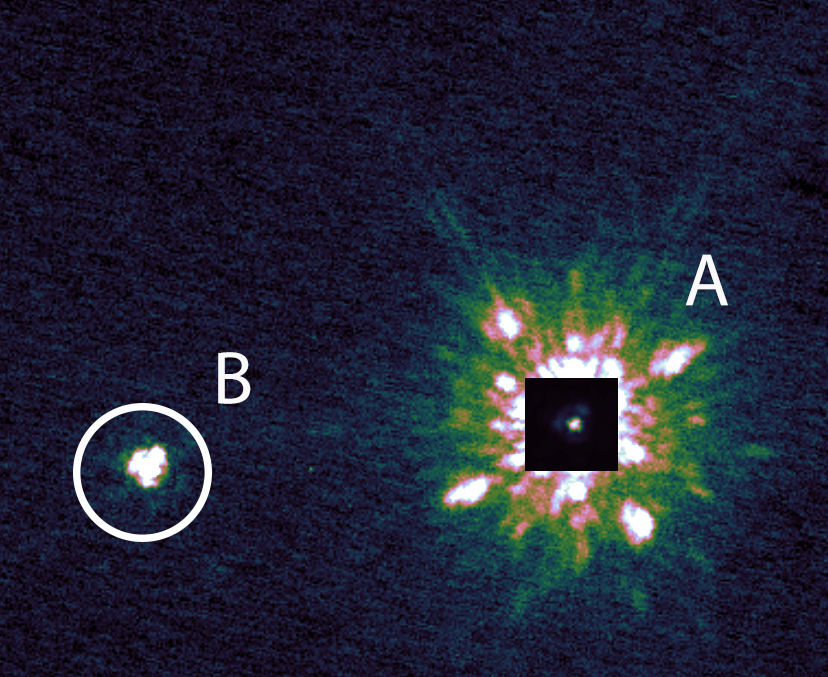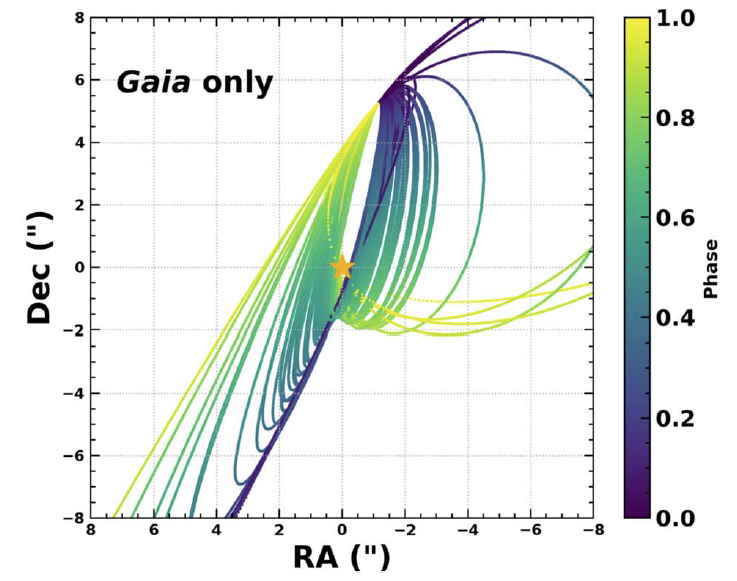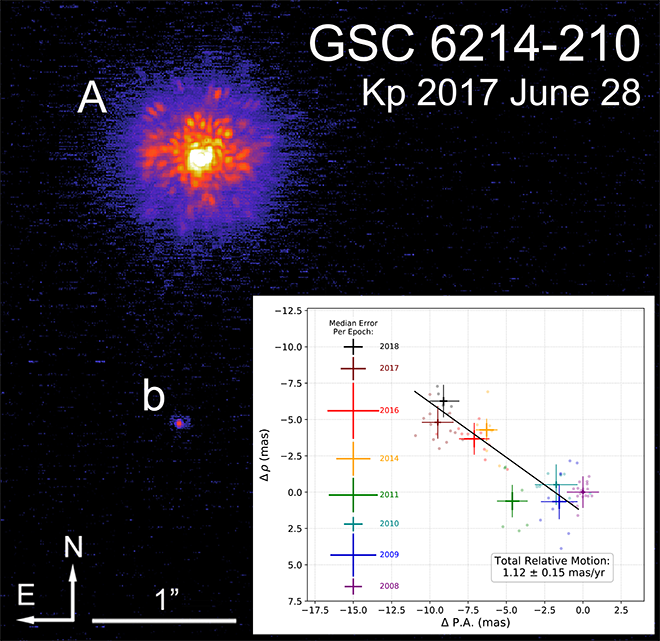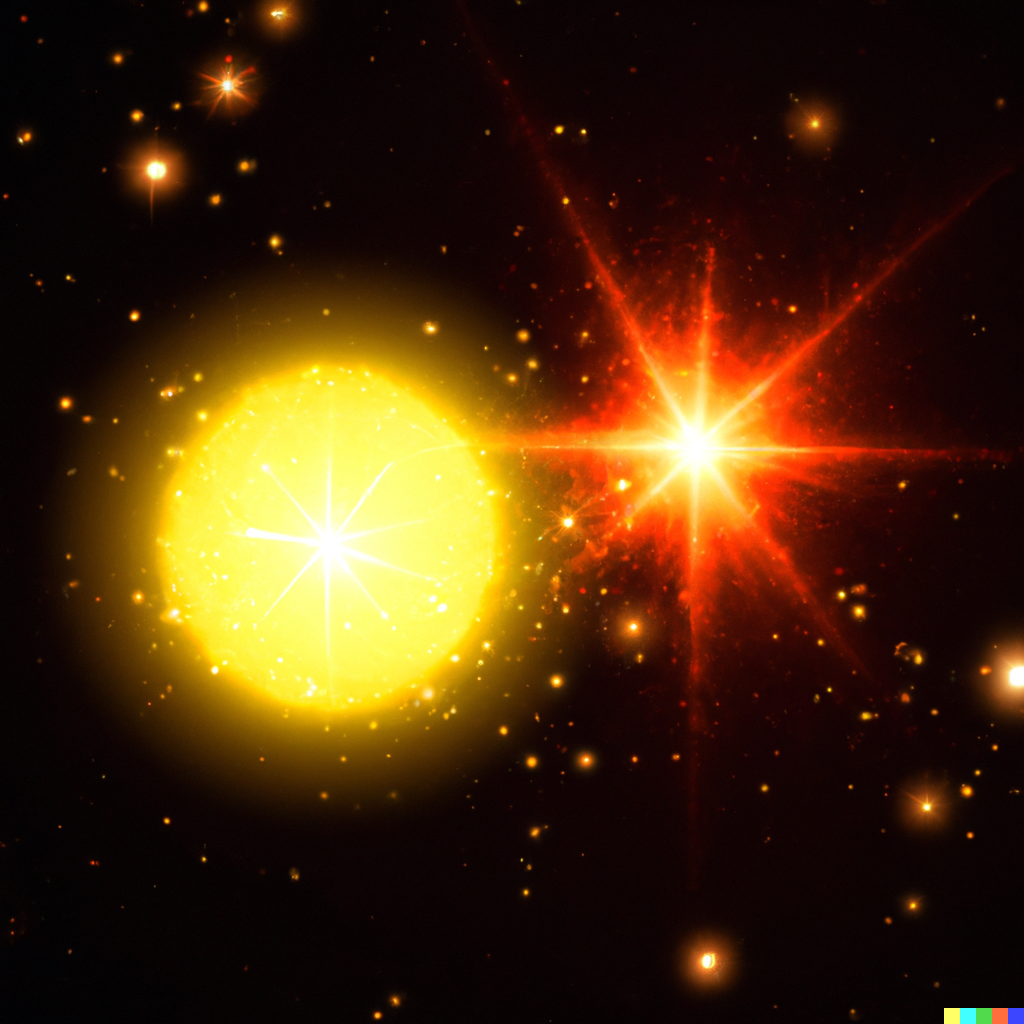Direct Imaging of Exoplanets in Reflected Light with GMagAO-X
Direct imaging of exoplanets to date has been limited to planets that are self-luminous - they are young enough and hot enough to glow in infrared wavelengths. This limits direct imaging to young, hot, massive planets on wide separations from their host stars. To fully probe the range of exoplanetary systems out there, we need to move to being able to image planets in the light they reflect from their host star, like how we see the Moon in the sunlight it reflects. The GMagAO-X instrument is an extreme adaptive optics instrument being built for the Giant Magellan Telescope in Chile, and it will be capable of imaging hundreds of exoplanets in reflected light from the ground. To prepare for these challenging observations, we need fully understand GMaxAO-X's ability to characterize their atmospheres and how to interpret their spectra, as well as figure out how to design GMagAO-X to maximize information content. I am conducting an internship at NASA Ames working with Natasha Batalha to model exoplanet reflected light spectra with GMagAO-X.
